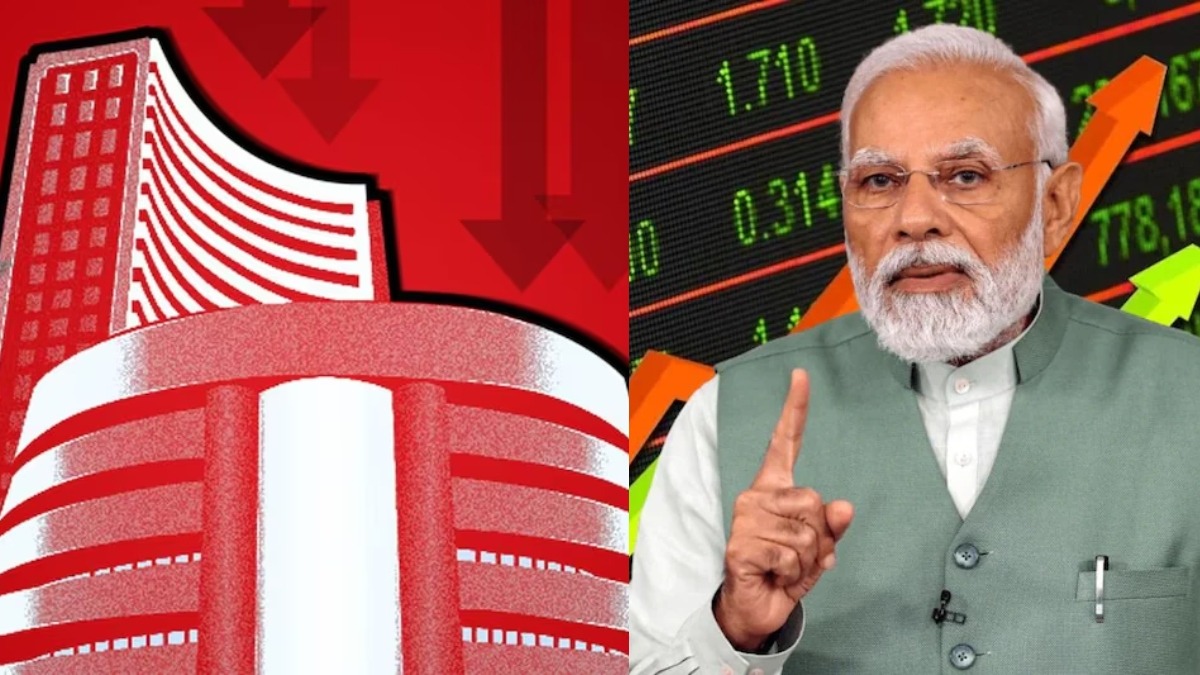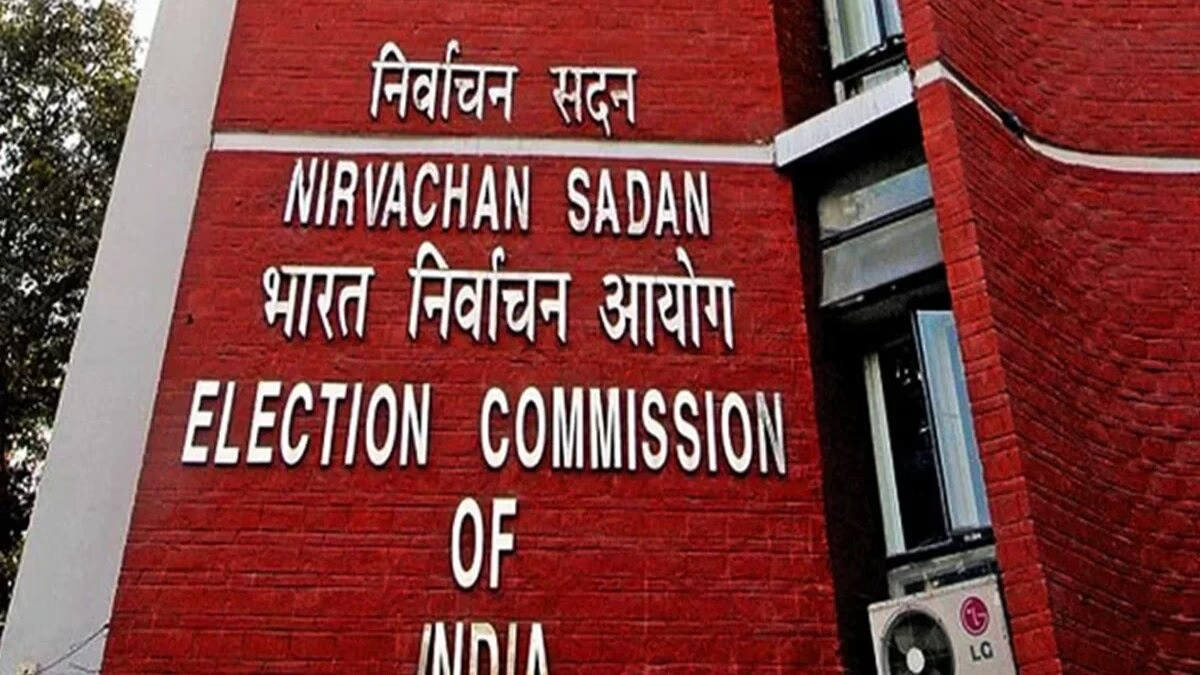The ongoing release of Lok Sabha election outcomes is influencing market sentiment, as witnessed by the recent plunge in the stock market. Tuesday's opening bell came with a crash, and by noon, Sensex dived by 6,000 points, while Nifty crumbled by 1,900 points. A noticeable recovery of approximately 2,000 points was seen later in the day. The pressing question is why did the market nosedive on the back of PM Modi-led NDA's anticipated victory despite positive election results?
Investors' 45 Trillion Rupees Vanished in Shock
Before delving into the underpinnings of this market anxiety, let us first review the trading specifics. The Bombay Stock Exchange's Sensex opened down by 1,700 points, with the National Stock Exchange's Nifty tumbling 400 points at 9:15 AM. As results trickled in, the market fragmented further. By noon, Sensex broke down by 6,000 points, and Nifty by 1,900 points. Nonetheless, by market close, a rally ensued bringing the Sensex to 72,079.05, a drop of 5.74%, and the Nifty to 21,884.50, down by 5.93%. This quake in the market foresaw a staggering loss of 45 trillion rupees for stock market investors.

Source: aajtak
Will a Coalition Government Need to Form?
According to current trends, the NDA might not cross the 400-seat mark, but its triumphant return to power for a third term seems likely. At the time of writing, NDA is projected to win 294 seats, with BJP around 244. Consequently, BJP would need alliance partners to form a government, which seems to be the market's biggest fear.
History indicates that the stock market sees robust growth under governments with a clear majority compared to coalition regimes. The past decade's Sensex-Nifty data corroborate this narrative.
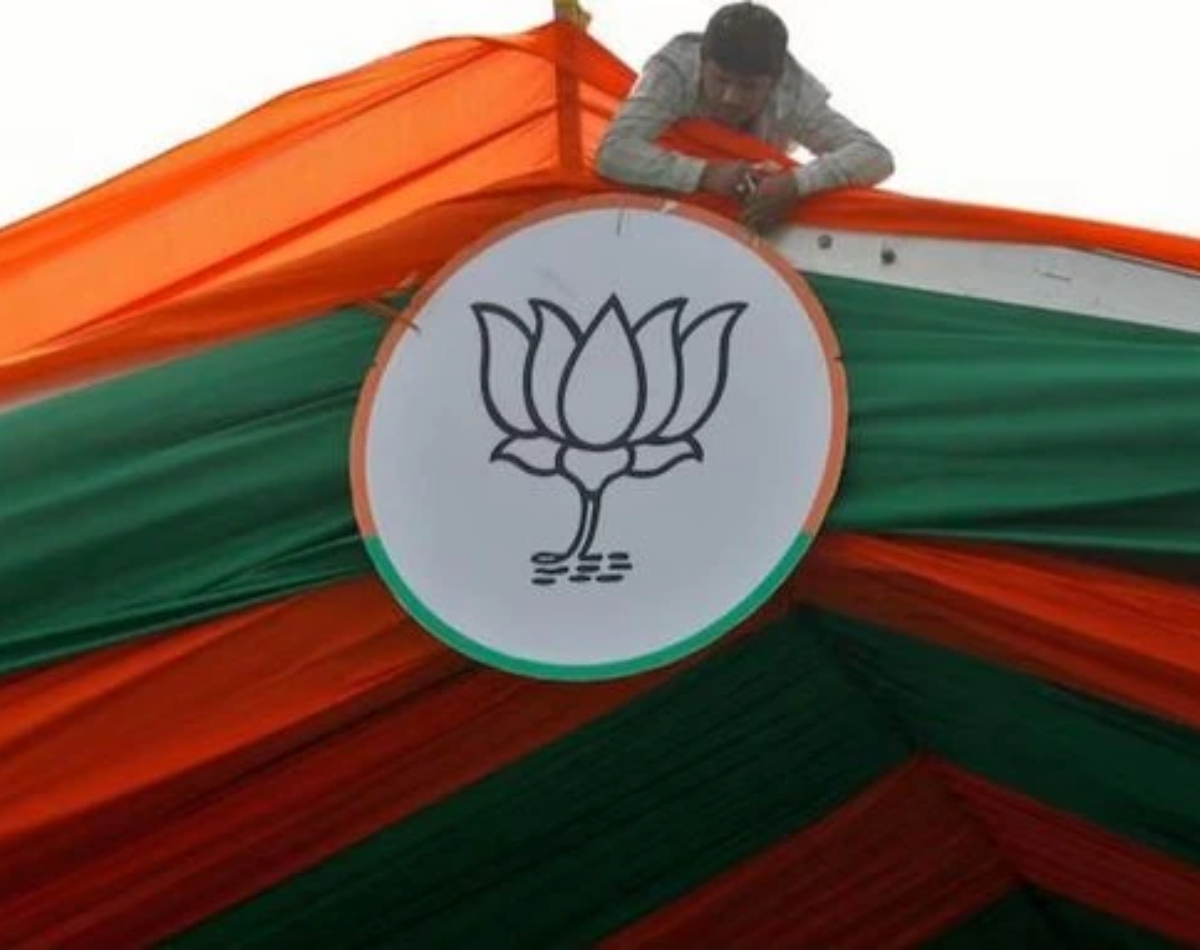
Source: aajtak
Phenomenal Growth in a Clear Majority
Indeed, the BJP's landslide victory in 2014 and its subsequent sizable win in 2019 exemplify this. Over these ten years, the BSE Sensex skyrocketed beyond 50,000 points. The Sensex traded at 21,222 in 2014, but during the clear majority tenure of the Modi government, it crossed the 76,000 mark, carving its place in history. The Bombay Stock Exchange also set a record, breaching the 5 trillion dollar market cap on 21 May, positioning the Indian stock market as the fifth largest globally.
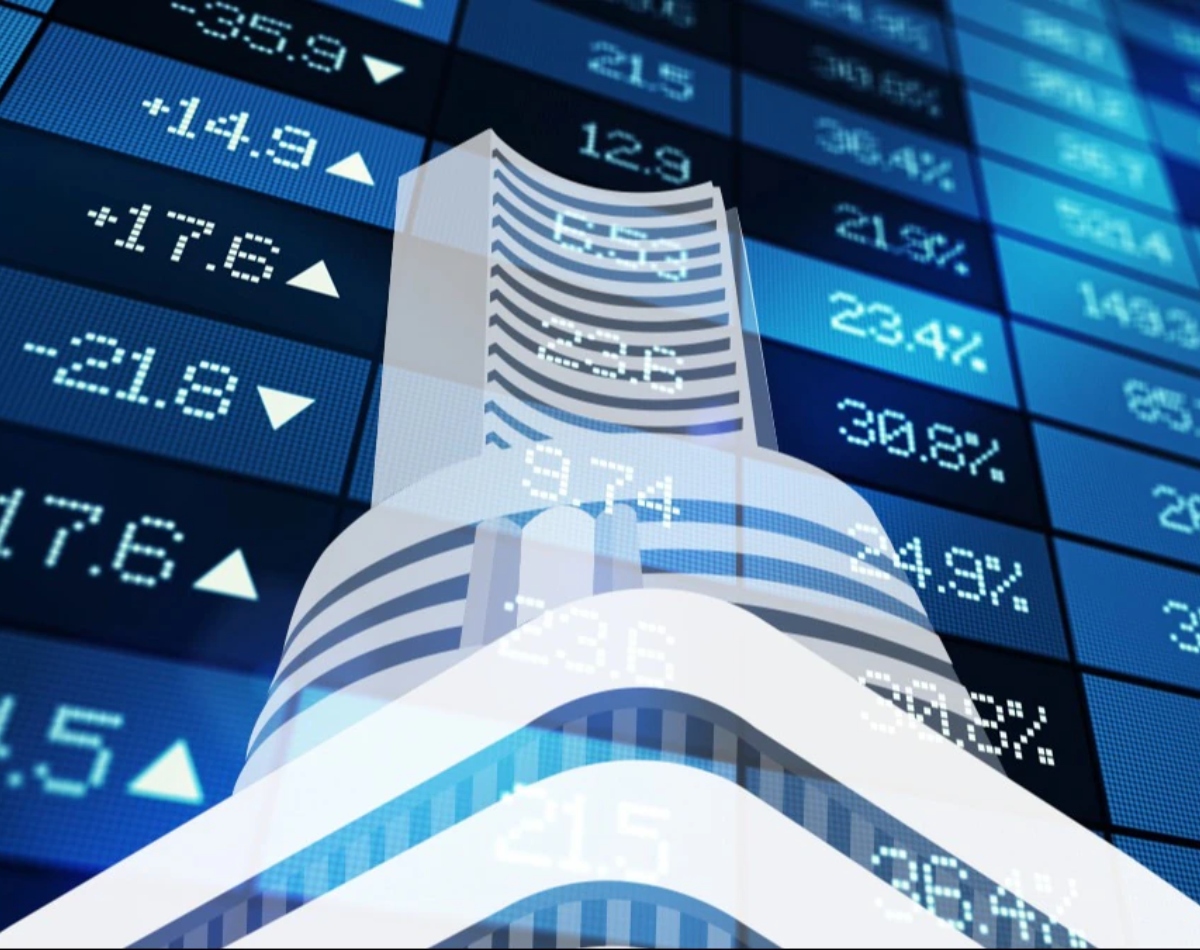
Source: aajtak
The Economy Sprints Alongside
Essentially, the stock market sentiment is swayed by various factors, including decisive governments and formidable economic reforms. Notably, in the past decade, the Indian economy has emerged as one of the fastest-growing worldwide, claiming the spot as the fifth-largest economy. A clear majority allows the government the leeway to make and implement bold decisions without facing coalition pressures. In contrast, coalition governments require allies' assent, potentially leading to altered policy decisions.
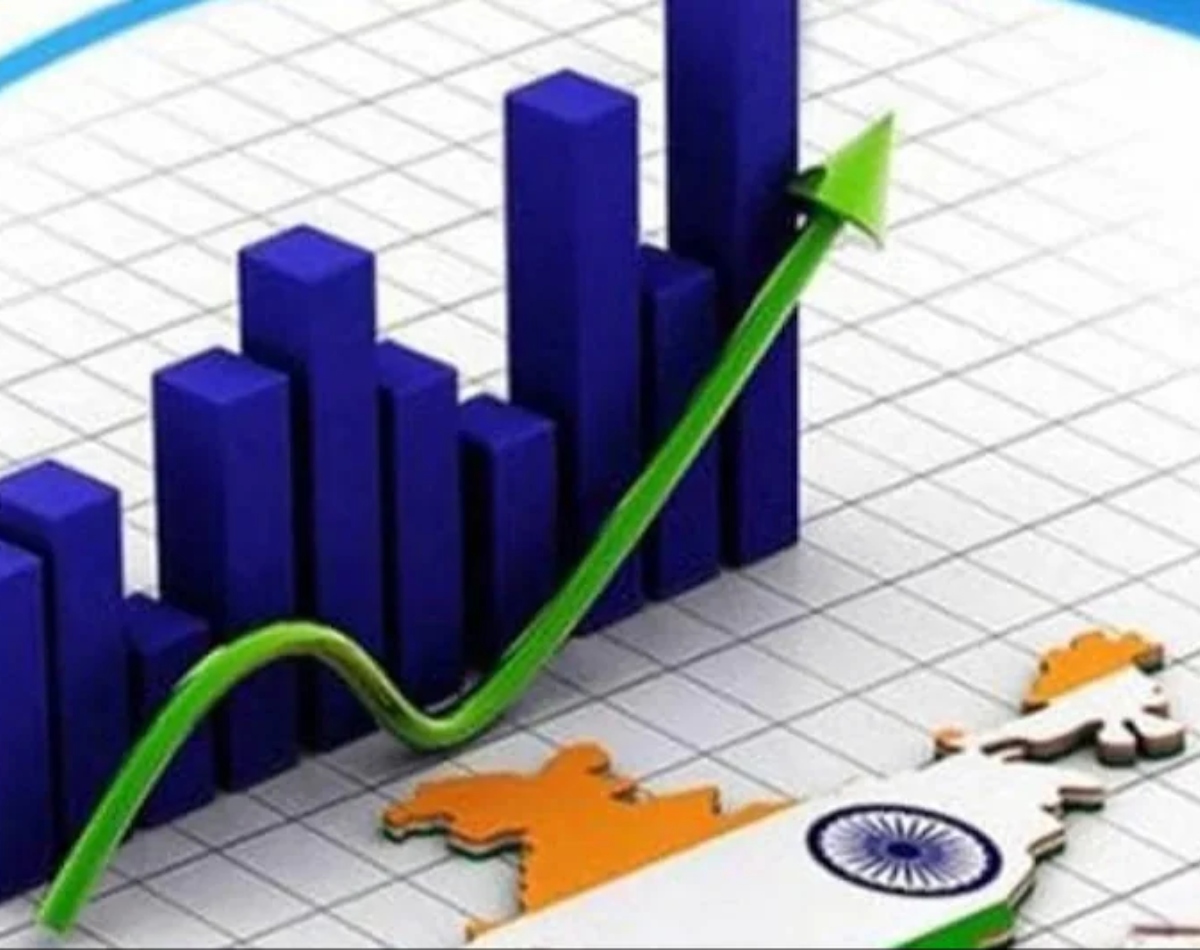
Source: aajtak
Market Fears Illustrated: A Practical Example
Recent speculations concerning the Modi government's first 100-day agenda could clarify the source of the market's anxieties. One key proposal might involve reducing the financial autonomy of the states, possibly by bringing petrol and diesel under the GST ambit. This could significantly impact states' revenues. Presently, three primary revenue sources for states are petroleum products, alcohol, and land. If petrol and diesel are placed under GST, state VAT would be abolished, centralizing the tax revenue and distributing it from the center to the states. This would be feasible under a clear majority government, whereas a coalition would require consent from its ally states, who might oppose such revenue cutbacks.
This scenario likely contributed to the apprehension on Tuesday's election result day. As exit polls hinted at a clear BJP majority, the stock market expectedly surged. However, as this forecast did not broadly pan out in actual results, market turmoil ensued.
